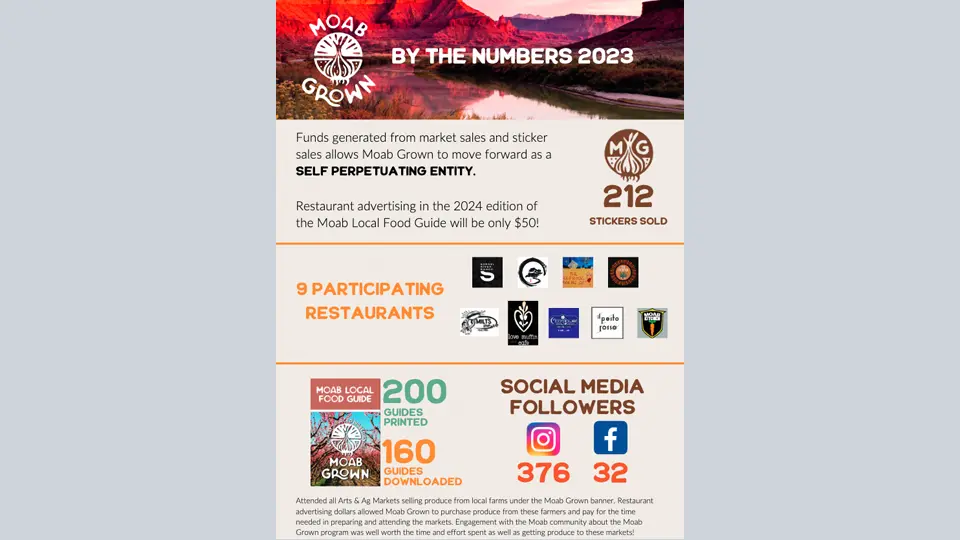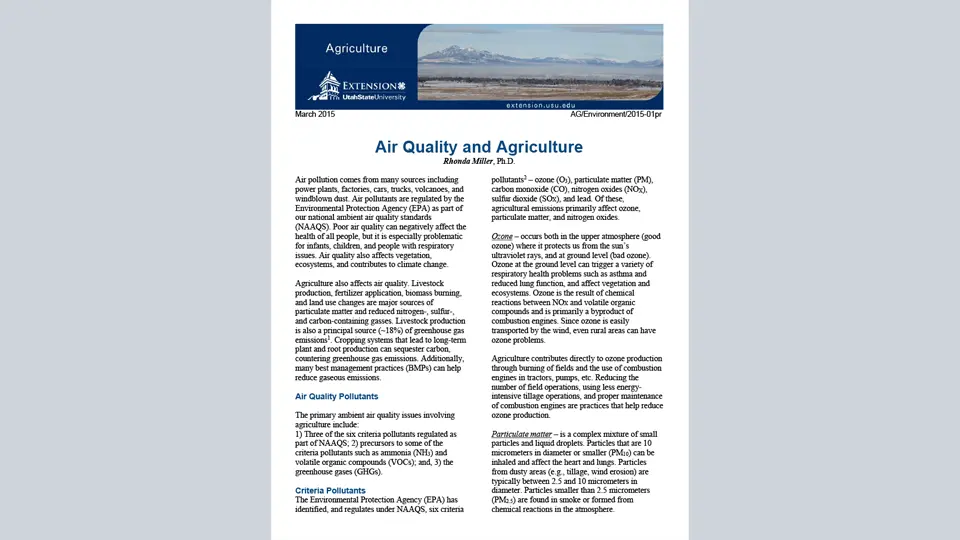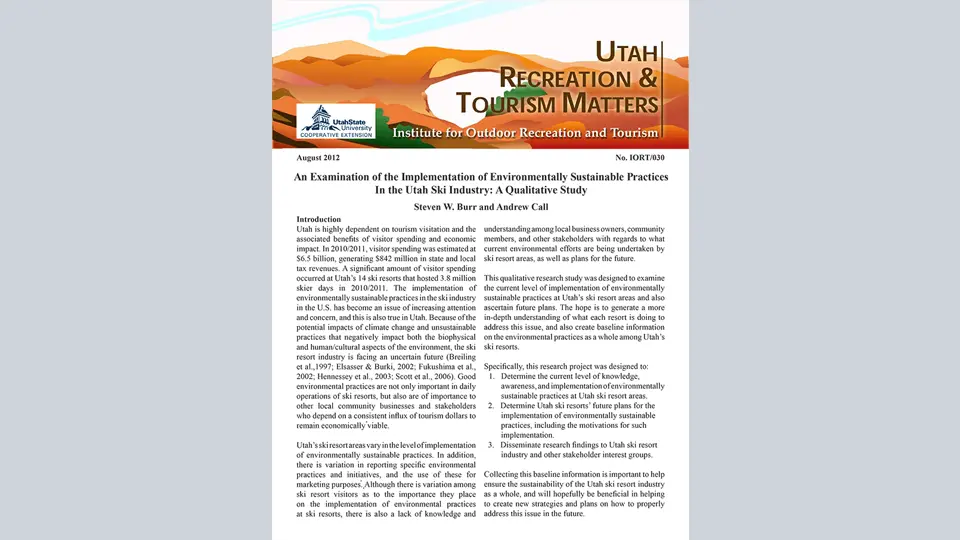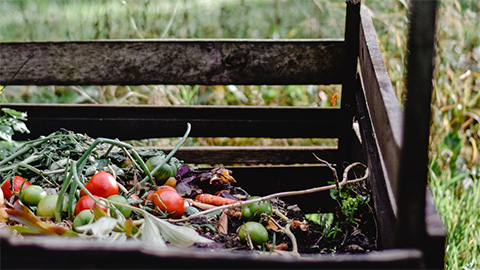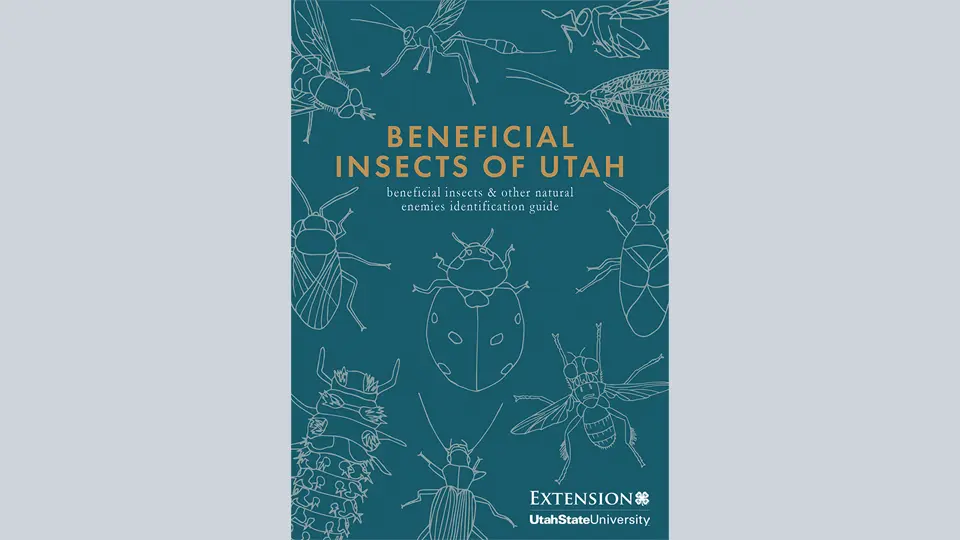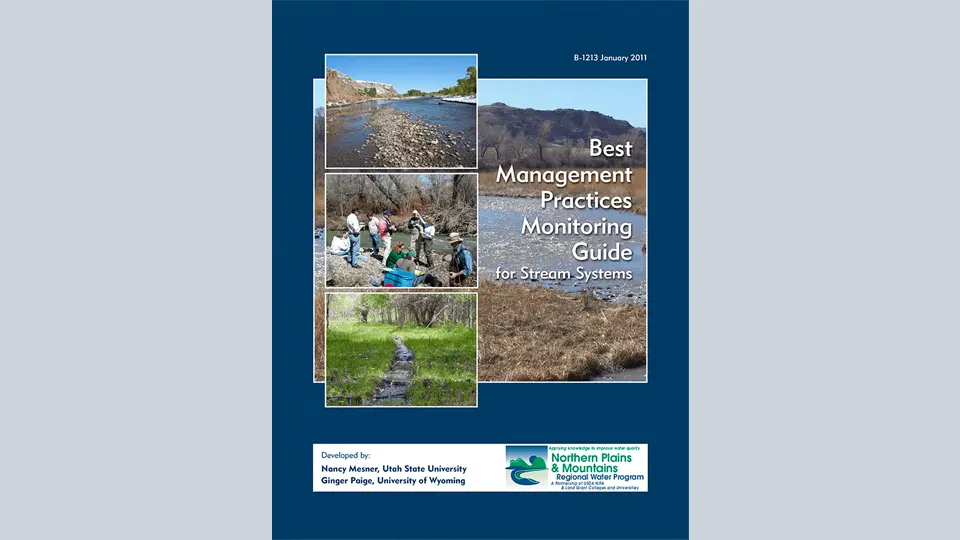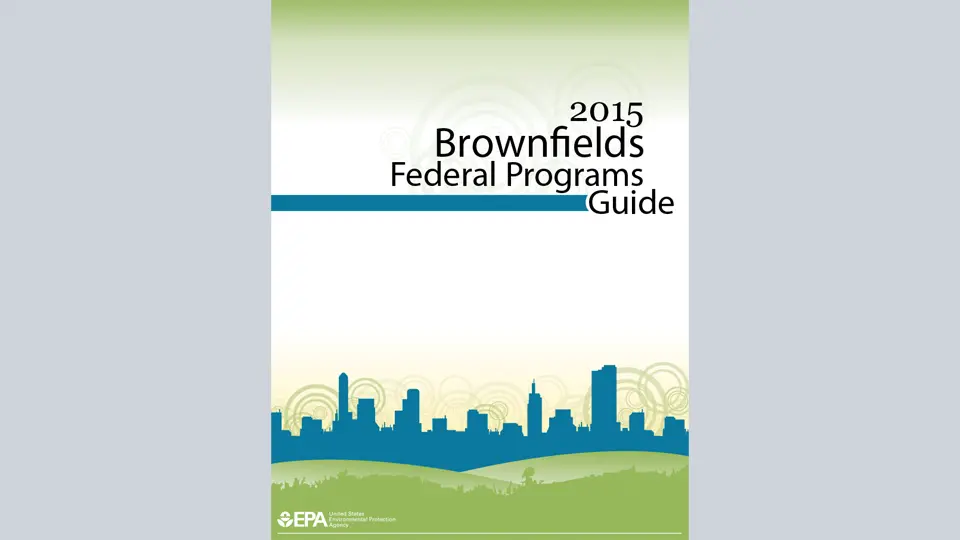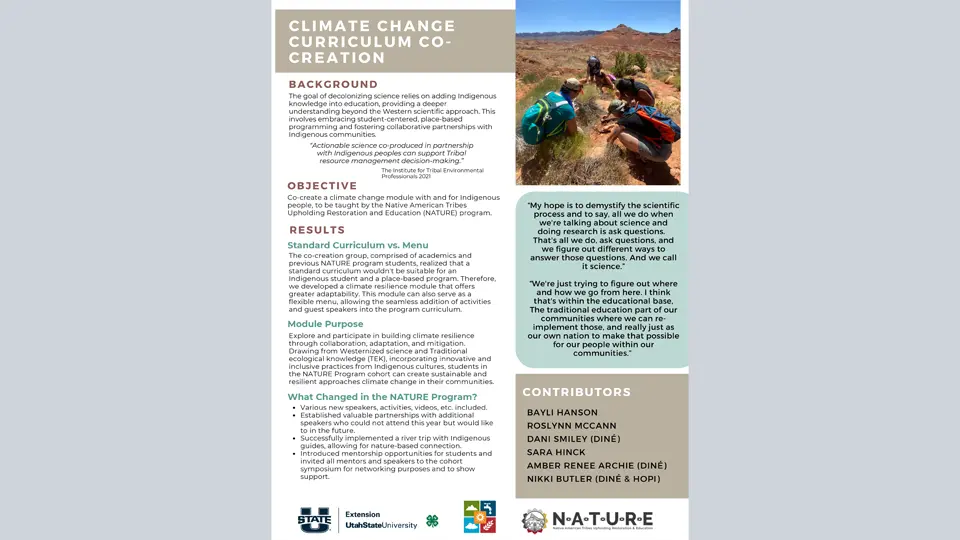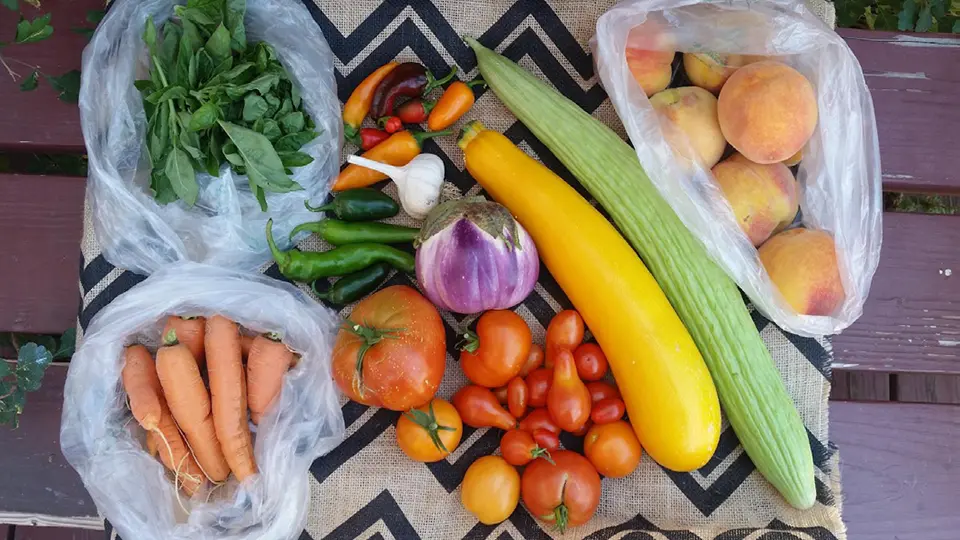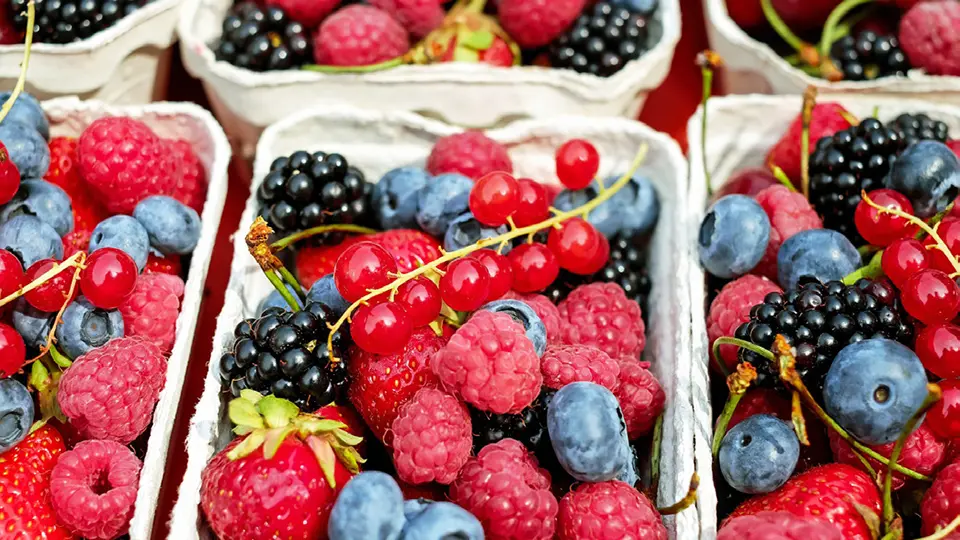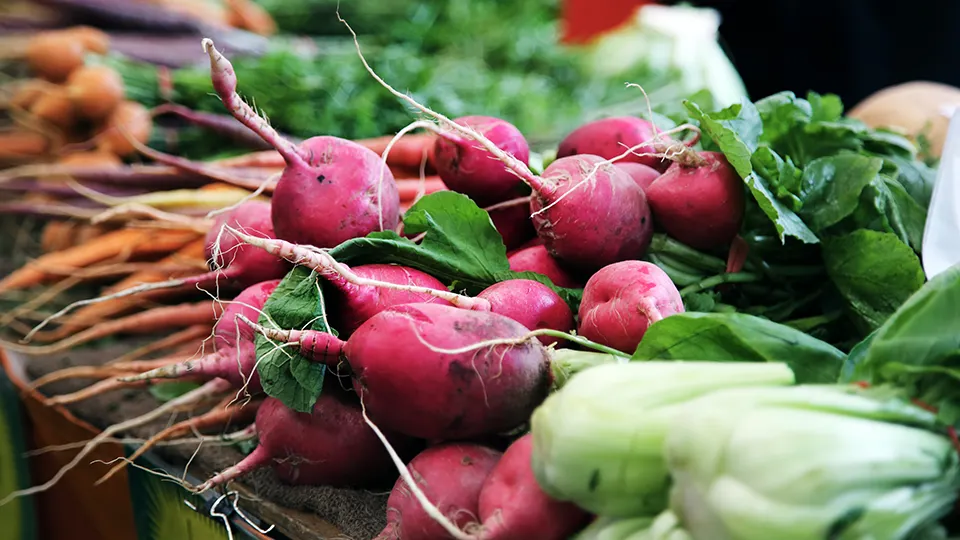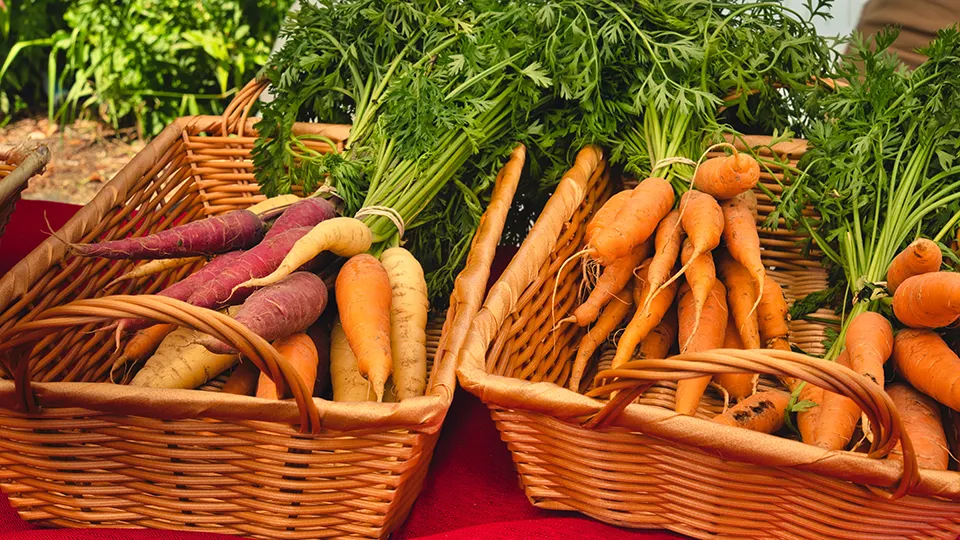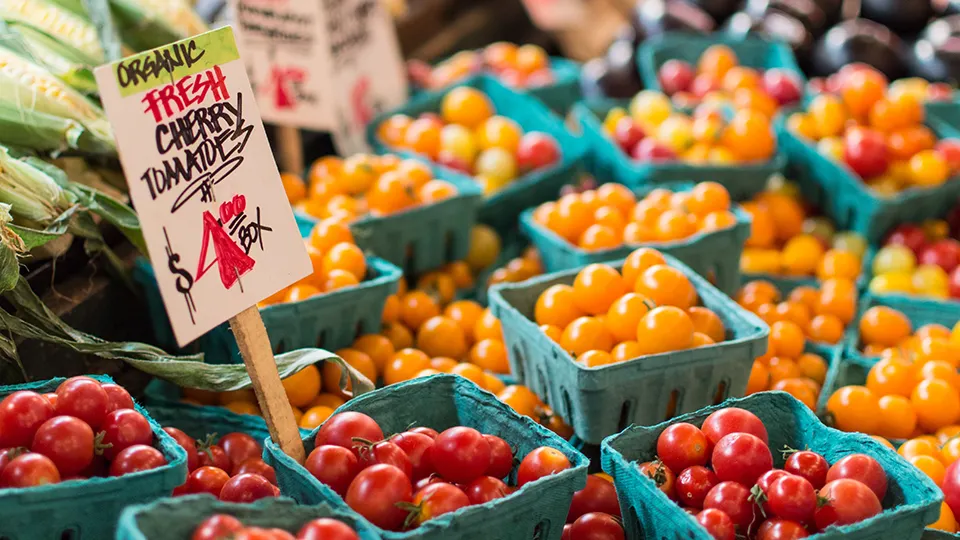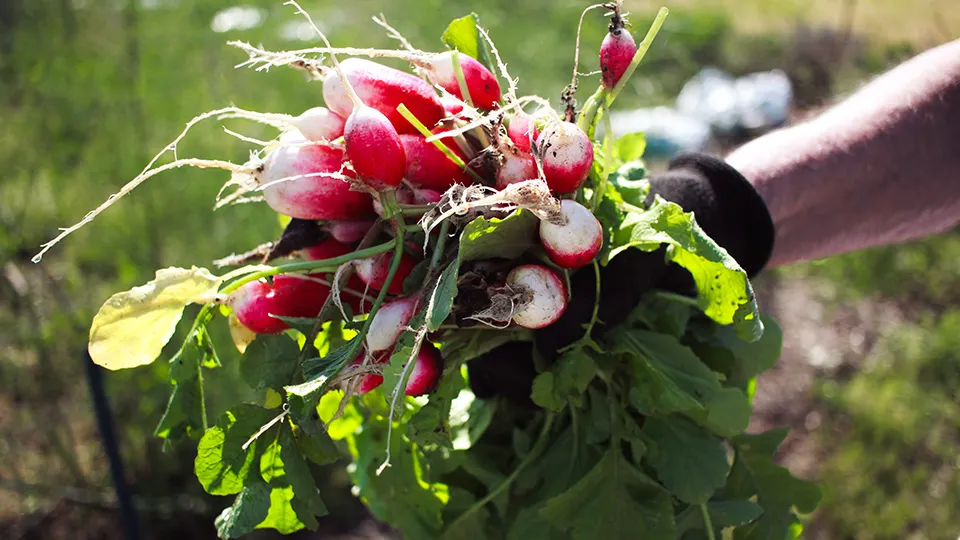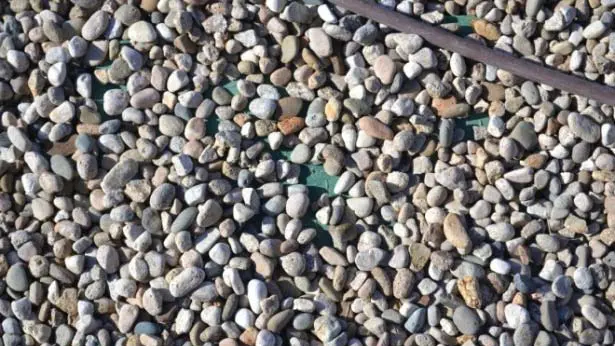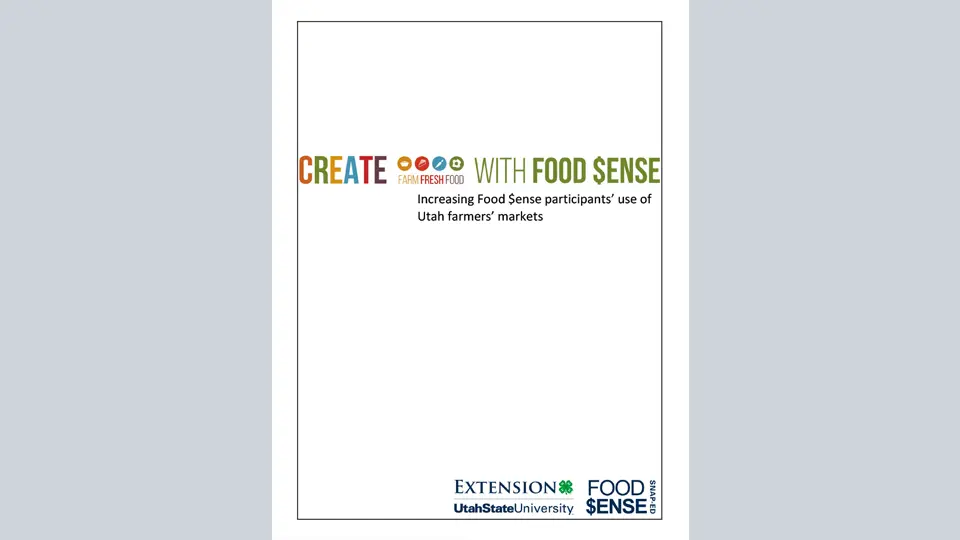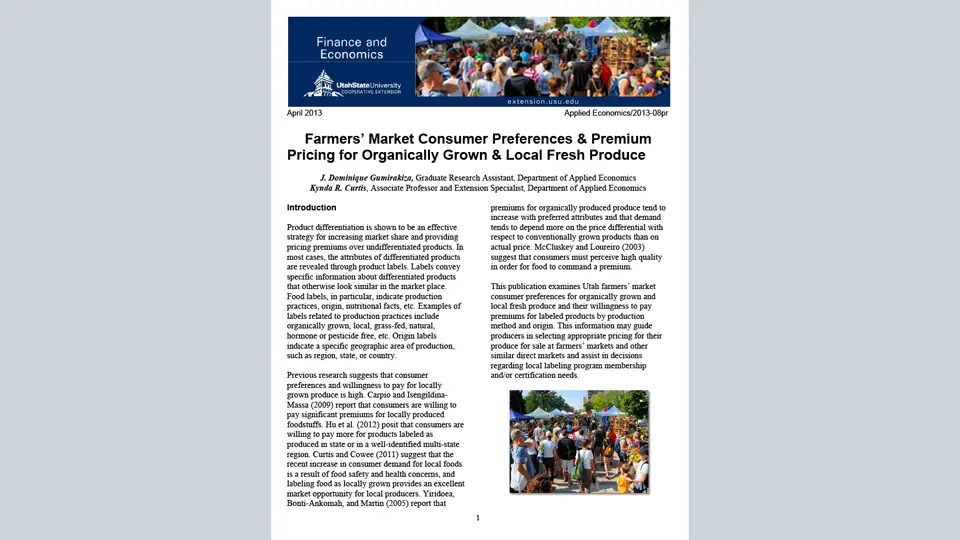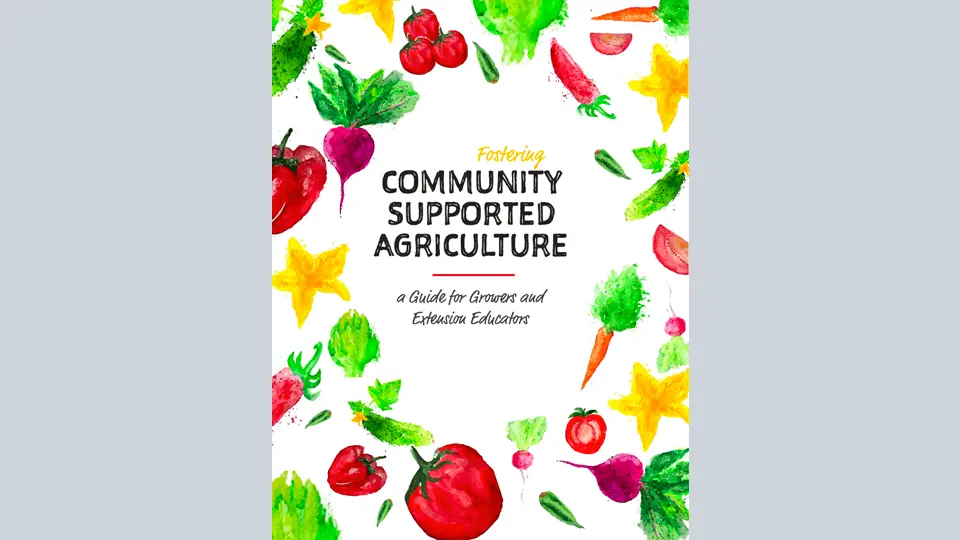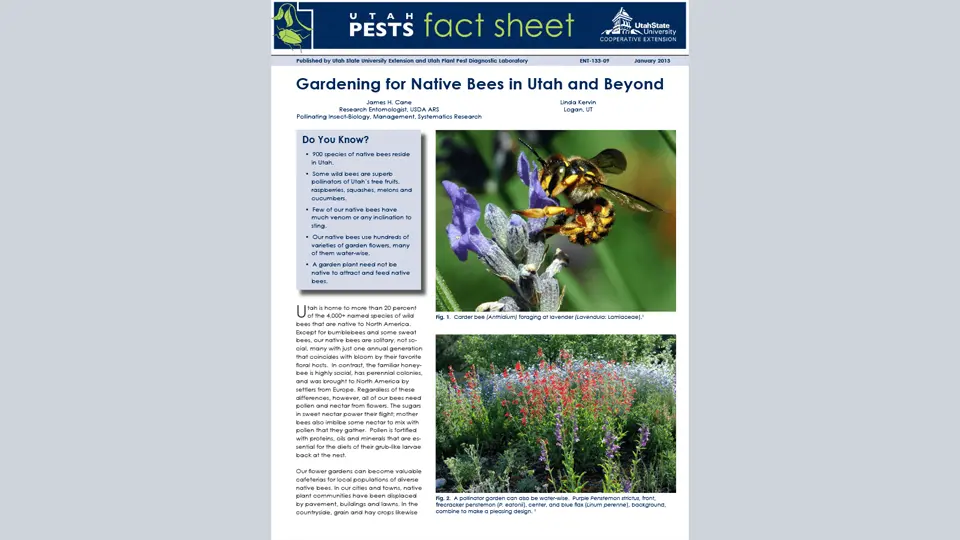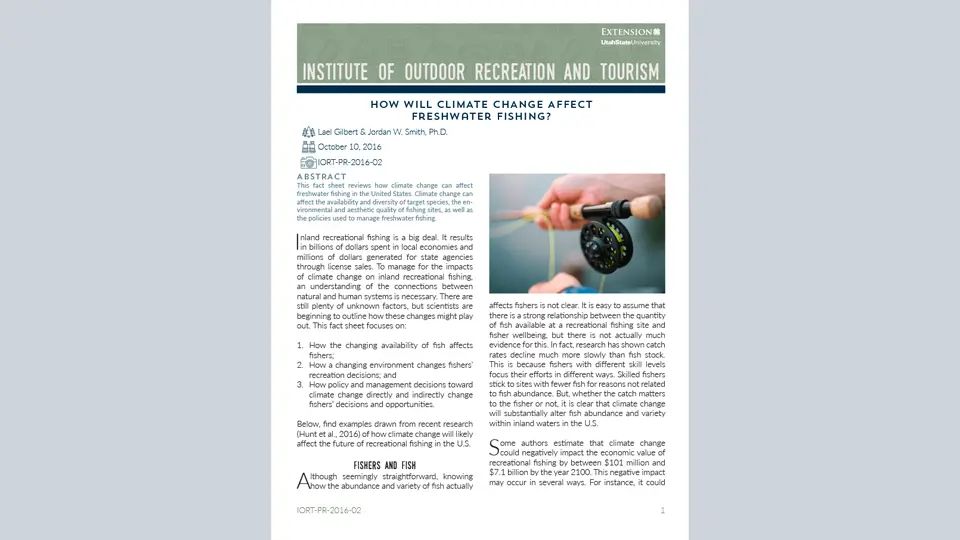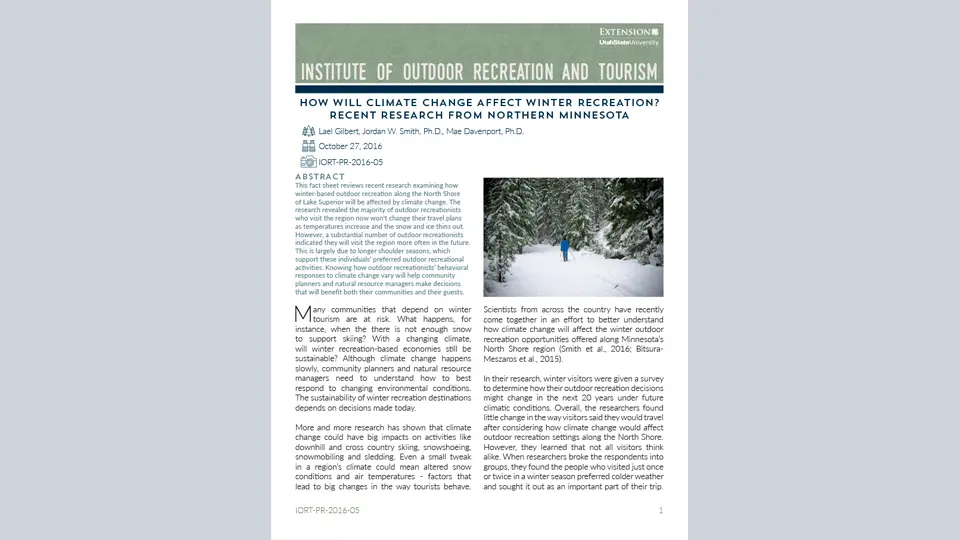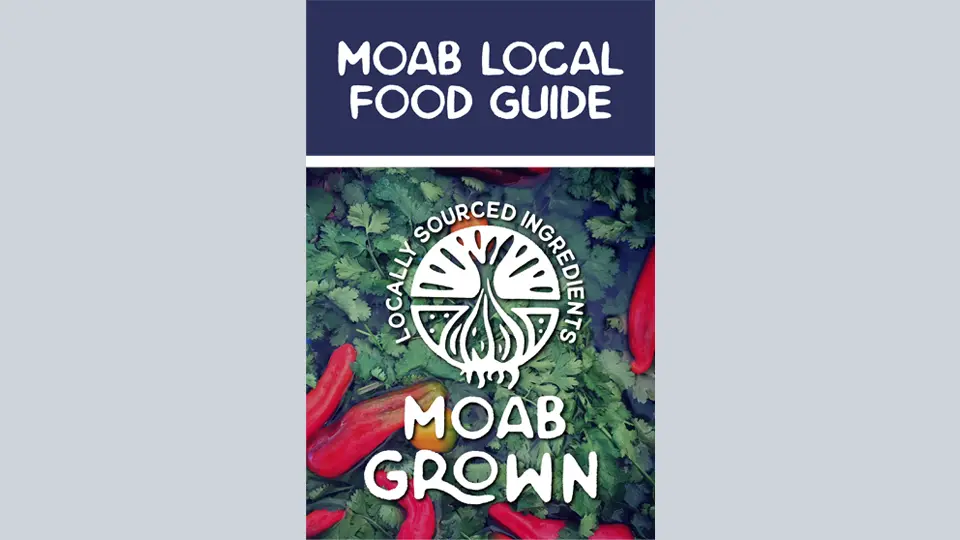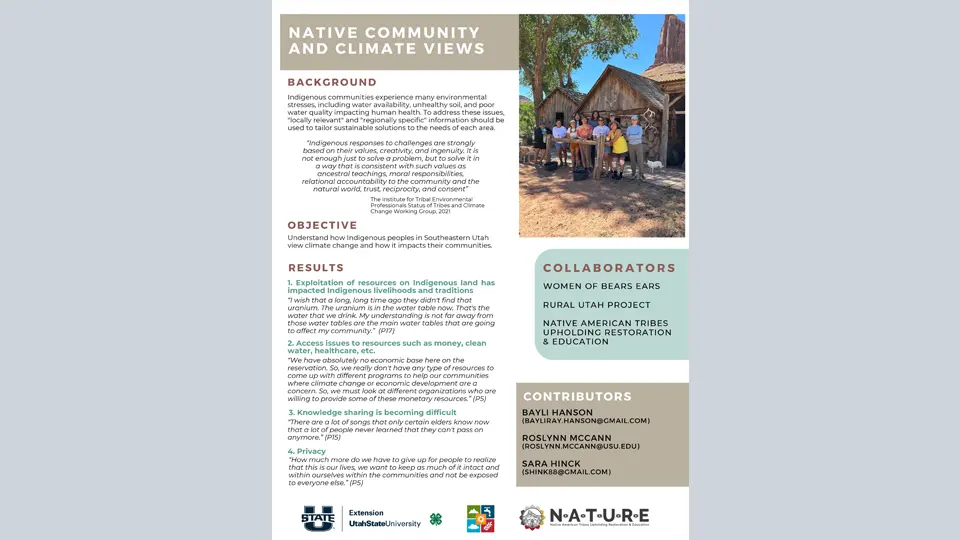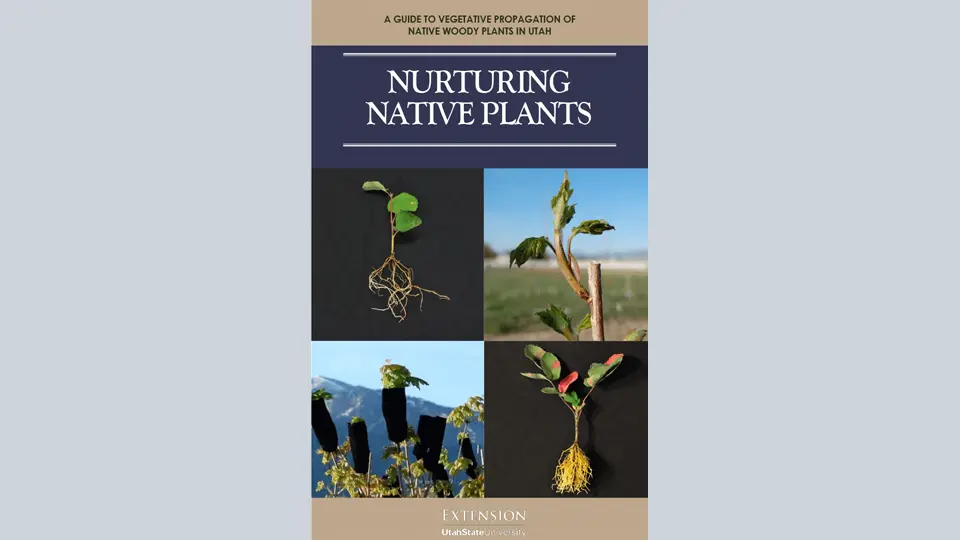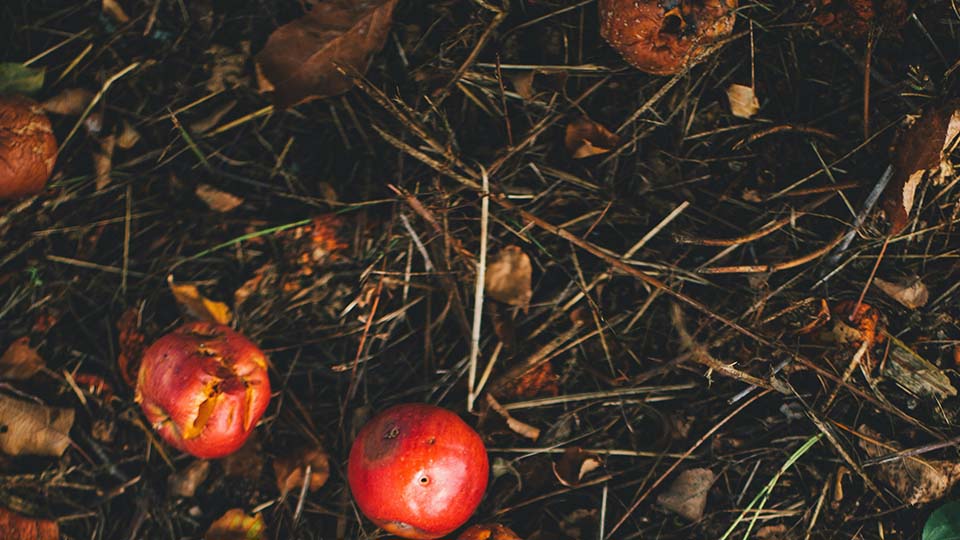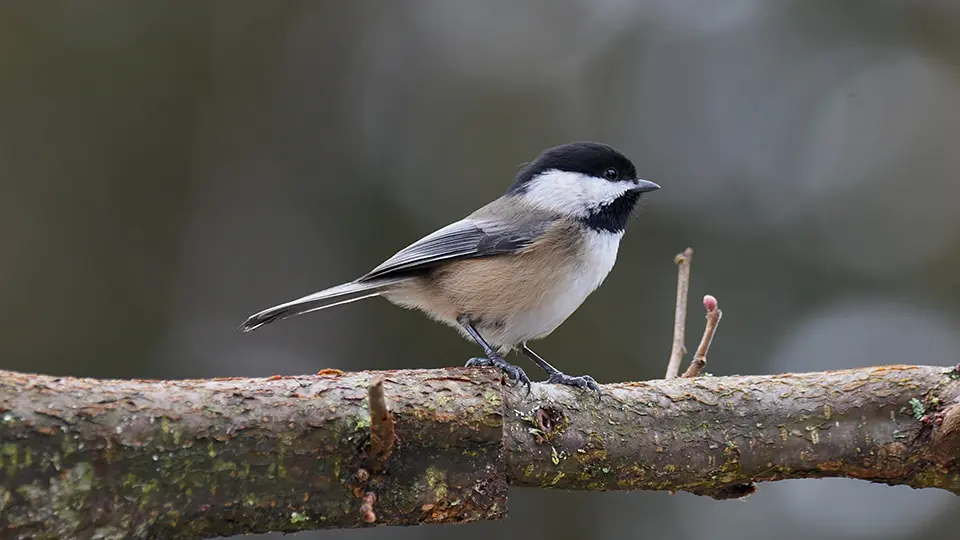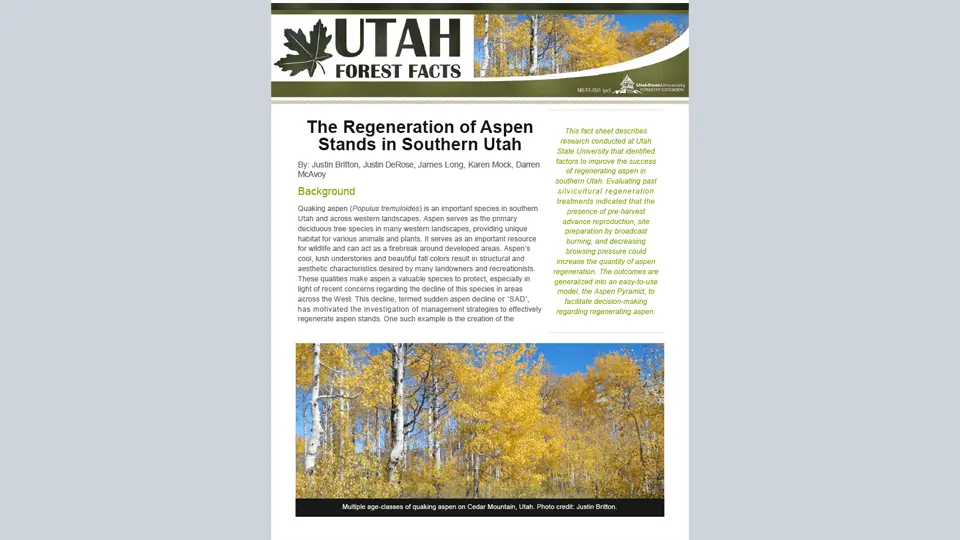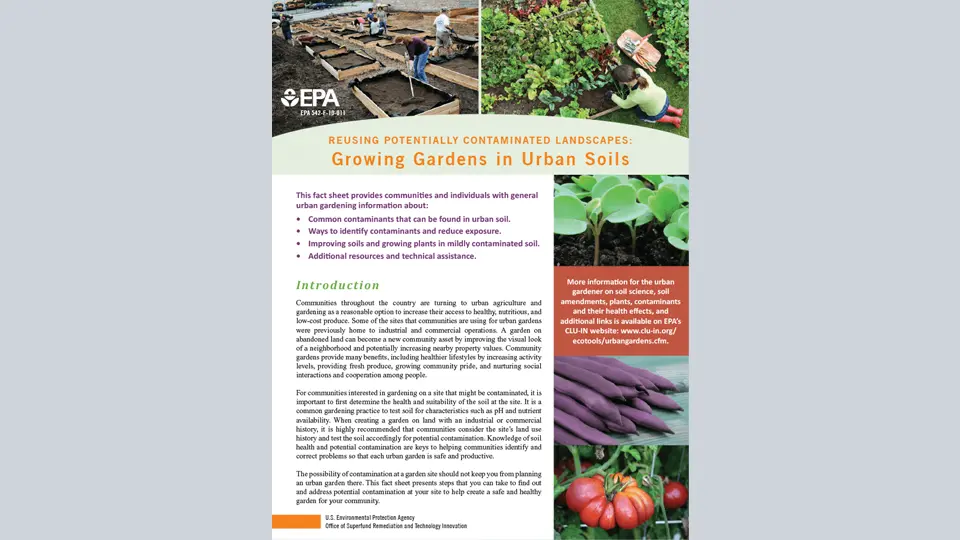Meat-Wise Eating Habits

Worldwide Meat Consumption
Whether from a cow, pig, bird, fish, or other domestic or game animal, meat is universally enjoyed as part of the cultural culinary experience. It is also an excellent source of protein, which is important for a healthy body. Given the potentially positive impact our purchasing choices can have, such as generating economic development in local communities and providing economic security to local producers (Jensen, 2010), this fact sheet provides a set of quick facts and action tools to make educated choices concerning one major purchasing choice for many: meat.
Basic Meat Differences
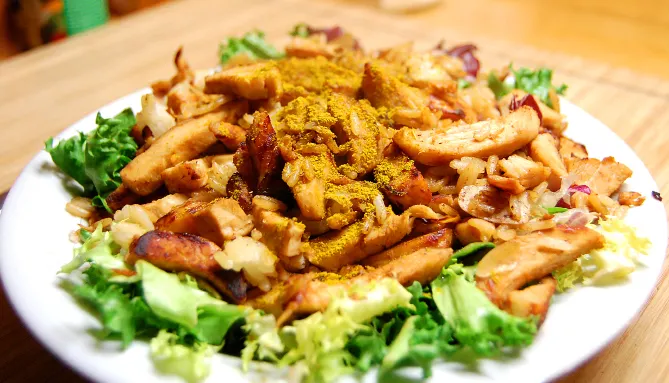
Although definitions of red and white meat vary, it is generally accepted that the meat of livestock (including cattle, bison and lamb) is classified as red, and the meat of fish, chickens, and turkeys are classified as white. Pork, known as “the other white meat,” is classified by the USDA as red meat (USDA, 2011). This is because pork contains more myoglobin than chicken or fish, and the amount of myoglobin in animal muscles determines whether it is classified as red or white meat. Myoglobin is a protein that contributes to red pigmentation and to higher iron content (USDA, 2011). Many types of game meat are considered either white, dark and/or red depending on the animal.
The Carbon Footprint of Meat
What is a carbon footprint? Although definitions vary, it is commonly accepted as the associated total amount of carbon dioxide (CO2 ) and methane (CH4 ) emissions involved in our daily lifestyles and consumption choices. When we think of our carbon footprint, we often associate driving less or recycling as the top ways to reduce it. However, our dietary choices can have a major impact on our individual environmental impact. Below are some examples of how:
- According to a nationwide life-cycle greenhouse gas emissions analysis based on the average U.S. household’s food expenditures, “shifting less than one day per week’s worth of calories from red meat and dairy products to chicken, fish, eggs, or a vegetablebased diet achieves more greenhouse gas reduction than buying all locally sourced food” (Weber & Matthews, 2008, p. 3508). This is because a large portion of our carbon footprint is not from CO2 greenhouse gases generally stemming from transportation, but on the production side of the food we consume, including Nitrous oxide (N2 0) emissions mainly from nitrogen fertilizer application, other solid management techniques and manure management, and from methane (CH4 ) emissions due mainly from enteric fermentation in ruminants (cattle, sheep, and goats) and manure (Weber & Matthews, 2008).
- The Food and Agriculture Organization of the United Nations reports that the livestock sector contributes 18% (7.1 billion tons CO2 ) of global greenhouse gas emissions, which is higher than the transportation sector (FAO, 2006). As mentioned in the report, the livestock sector produces 65% of human-related nitrous oxide, which has 296 times the global warming potential of CO2 . Compared to other ozone depleting substances, nitrous oxide emission has been identified as the single most important ozone-depleting emission and it is expected to remain the largest throughout the 21st century (Ravishankara, Daniel & Portmann, 2009). Livestock also accounts for 37% of all human-induced methane (23 times as warming as CO2 ) produced primarily by ruminant digestion, and 64% of ammonia (FAO, 2006). Lastly, the FAO (2006) reports that livestock is the largest anthropogenic user of global land, using almost 30% of the earth’s entire land surface. However, it should be noted that a large portion of the earth’s land is either arid or semiarid, where ruminants are well adapted to use these lands to feed the people that live in there.
- Over 9 billion livestock are maintained for meat consumption in the U.S. (Pimentel & Pimentel, 2003). This population, on average, outweighs our nation’s human population by approximately 5 times and the grain it consumes could feed 840 million people on a plant-based diet (Pimentel & Pimentel, 2003). Most of these grains, however, are not suitable for human consumption and a transition of the types of grains produced would be necessary.
- Although direct consumption of water by U.S. livestock consists of only 2% of the total water used in agriculture, “each year, a total of 253 million t grain are fed to US livestock, requiring a total of about 25 × 1013L water. Worldwide grain production specifically for livestock requires nearly three times the amount of grain that is fed to US livestock and three times the amount of water used in the United States to produce grain feed” (Pimentel et al., 2004, p. 913).
- Fish are the main source of protein for a large part of the world, both to humans and other species. However, numerous species, such as Atlantic bluefin tuna, have been over-harvested, impacting their populations. Many of these species are on the brink of commercial extinction, which threatens not only ocean ecosystems but also the lifestyles and health of millions of people who depend on fish for food. In addition to over-harvesting, higher mercury content in fish has raised public concern due to health risks such as cardiovascular disease and neurologic outcomes (Mozaffarian & Rimm, 2006). Higher mercury levels in fish is caused by natural sources (volcanoes) and human sources (coalfired power plants, gold mining, chlorine production, etc.) (Mozaffarian & Rimm, 2006).
- cardiovascular disease and neurologic outcomes (Mozaffarian & Rimm, 2006). Higher mercury levels in fish is caused by natural sources (volcanoes) and human sources (coalfired power plants, gold mining, chlorine production, etc.) (Mozaffarian & Rimm, 2006).
Reducing our Footprint

If you are interested in lowering your carbon footprint when it comes to meat, below are some easy options that could be taken:
- Incorporate more vegetables and white meats into your diet.
- Support locally produced meat. This lessens the CO2 emissions that would otherwise have been made to transport the meat across the country. Some added bonuses: Buying local meat helps to invigorate the local economy and you can ask your local butcher in-depth questions such as whether the meat you’re purchasing is growth hormone-free, how the animal was raised (grass-fed, animal welfare, etc.), how the animal was slaughtered, and which farm the meat came from.
- When eating fish, choose species that are sustainably farmed, caught from populations that aren’t declining, and, if information is available, that are low in mercury. The Monterey Bay Aquarium’s Seafood Watch program (2011) has excellent, free, pocket-sized guides (as well as an app for smartphones) that show what fish to eat, what fish to avoid, and good alternative species available for both sushi restaurants and traditional markets.
Sources
- FAO. (2006). Livestock’s long shadow: Environmental issues and options. Retrieved from: https://www.fao.org/3/a0701e/a0701e00.htm
- Jensen, J. (2010). Local and regional food systems for rural futures: Rural futures lab foundation paper no. 1. Rural Policy Research Institute (RUPRI) Rural Futures Lab. 1, 1-27
- Mozaffarian, D. & Rimm, E.B. (2006). Fish intake, contaminants, and human health: Evaluating the risks and benefits. The Journal of the American Medical Association 296(15).
- Pimentel, D., Berger, B., Filiberto, D., et al. (2004). Water resources: Agricultural and environmental issues. BioScience, 54(10)., 909-918.
- Pimentel, D. & Pimentel, M. (2003). Sustainability of meatbased and plant-based diets and the environment. American Society for Clinical Nutrition, 78(3), 660S-663S.
- Ravishankara, A.R., Daniel, J.S. & Portman, R.W. (2009). Nitrous oxide (N2 0): The dominant ozone-depleting substance emitted in the 21st century. Science, 326(5949), 123-125.
- Seafood Watch. (2011). Central US Sustainable Seafood Guide. Retrieved from the Monterey Bay Aquarium website: www.seafoodwatch.org
- USDA. (2011). Meat preparation: Fresh pork from farm to table. Retrieved from USDA Food Safety and Inspection Service fact sheets: http://www.fsis.usda.gov/factsheets/Pork_From_Farm_to_Table/index.asp
- Weber, C.L. & Matthews, H.S. (2008). Food-miles and the relative climate impacts of food choices in the United States. Environmental Science & Technology, 42(10), pp. 3508-3513.
December 2012
Utah State University Extension
Peer-reviewed fact sheet
Authors
Jenna Haycock, Kelly Anderson & Roslynn Brain
Department of Environment & Society
Related Research



